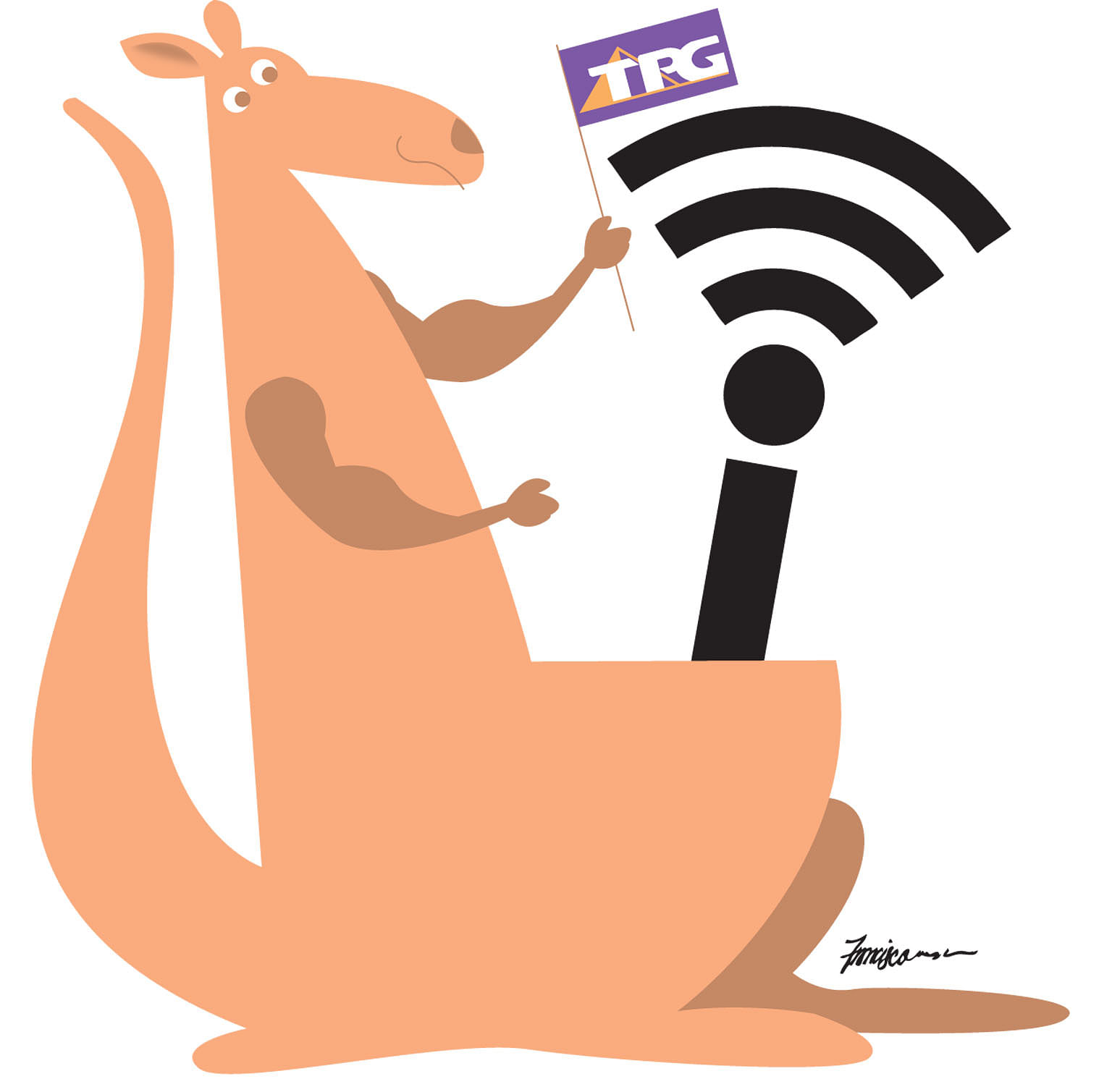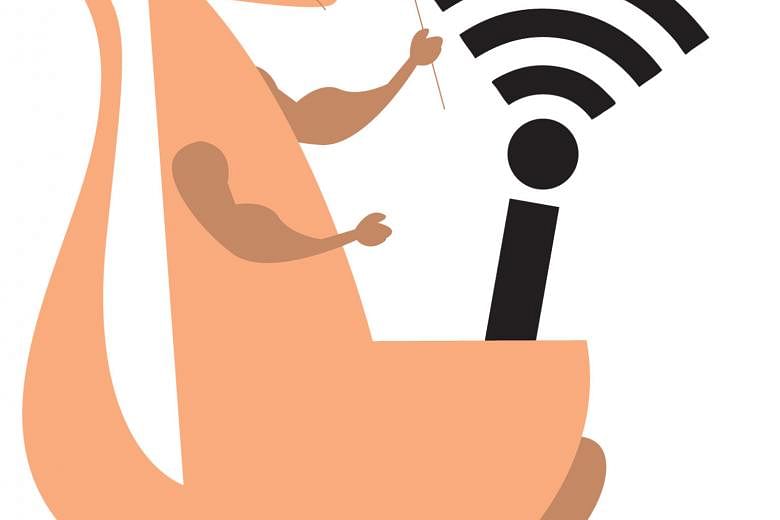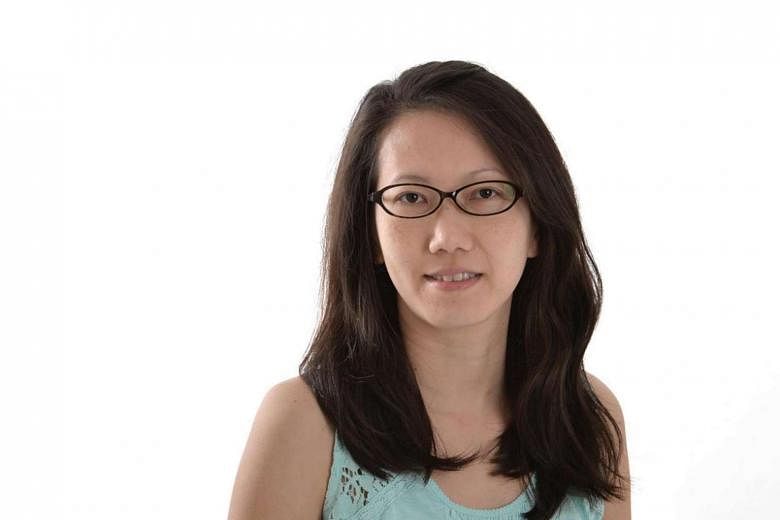There has never been a more exciting time for Singapore's mobile sector.
Just when everyone thought the high cost of physical networks and airwaves would rule out the entry of a new player in the mobile market, three companies applied to do just that in a recent 4G mobile airwave auction.
Initial interest formed two years ago. In June 2014, local broadband services provider MyRepublic revealed plans for base stations offering mobile services to rival those of Singtel, StarHub and M1.
Four months later, another company OMGTel - a unit of local firm Consistel that built Sports Hub's wireless systems - also said it wanted to be the fourth telco.
What ensued were many industry firsts that some believed paved the way for the crowning of Singapore's fourth telco earlier this month.
Analysts got excited as the industry had not generated that much interest in 13 years. The last auction in 2001 for 3G airwaves did not attract any new entrant.
Local regulator the Infocomm Media Development Authority (IMDA) did the unexpected this time to ease in the fourth player. Desperate to shake up a market that had settled into the three major telco camps, IMDA dangled mobile airwave discounts.
Despite strong objections from the three telcos, IMDA stuck to its plans to let potential market entrants bid for 4G airwaves at a discounted reserve price of $35 million. Before the auction submission deadline of 5pm on Sept 1, dark horse TPG Telecom showed up. The Australian telco became the third contender for the coveted fourth mobile operator licence, much to everyone's surprise.

OMGTel withdrew from the auction, but its former executives started another company called airYotta to enter the bidding. airYotta was later disqualified for reasons undisclosed.
When the auction ended on Dec 14, TPG had edged out MyRepublic to win the fourth telco licence with its aggressive $105 million bid, ending some 15 years of searching by IMDA.
The regulator thinks there is room for a fourth player. It wants the new entrant to bring innovation to the market and spur the existing telcos to innovate.
But will TPG be able to live up to the authorities' expectations and deliver innovative services?
MODEST NETWORK INVESTMENT
TPG has been coy about its service plans, saying all its energies will be spent on building its 4G network in Singapore, the only market outside of Australia where it has a telco licence. TPG's licence starts next April and it has until September 2018 to build a network to provide nationwide services. It will be spending $200 million to $300 million, in addition to the cost of airwaves, to build the 4G network.
Mr Clement Teo, principal analyst at market research firm Ovum, said he has reservations about TPG being able to meet IMDA's quality of service requirements with its "modest" network investments. For instance, TPG's 4G network must cover at least 99 per cent of all outdoor areas from October 2018, and 85 per cent of all road tunnels and buildings from October 2019.
Networks are considered to have "covered" an area if a mobile phone shows at least one bar of signal strength - enough to make calls and send text messages.
Mr Teo added: "Also, can TPG deliver a high-quality mobile experience that supports 4G applications like HD video streaming on the back of its modest network investments?"
Based on most estimates, a $200 million to $300 million budget would not cover the cost of installing base stations, data centres and the backend fibre-optic cables that link up the base stations.
Thus, some market observers expect TPG to lease backend fibre optic cables from existing telcos like Singtel.
SATURATED MARKET
Besides having to meet high expectations from the regulator and consumers, TPG will also face limited growth potential.
Singapore has a mature market, with a mobile phone penetration rate of 150 per cent. This means that some subscribers have more than one mobile phone.
In contrast, when M1 broke Singtel's monopoly in 1997, mobile phone penetration rate was hovering at around 20 per cent, that is, one in five residents owned a mobile phone.
And when StarHub burst onto the mobile scene in 2000, mobile phone penetration rate was around 50 per cent. As a result, both telcos enjoyed immense growth opportunities.
That is perhaps why TPG aims to capture only 5 per cent to 6 per cent of the mobile market. Based on Singapore's eight million mobile phone lines today, a 6 per cent market share works out to just half a million subscribers. TPG hopes to turn a profit with this number of subscribers, but no time frame was given to achieve this.
"Even without the fourth telco, the market environment is tough," said Mr Mark Jansen, technology, media and telecommunications leader at consulting firm PricewaterhouseCoopers Singapore.
PRICE WAR PENDING?
Even so, a price war is inevitable to get consumers to switch operators.
"Network quality and pricing are still the keys to attract customers over the long haul," said Mr Ramakrishna Maruvada, a telecoms researcher at Daiwa Capital Markets.
With limited information on TPG's plans in Singapore, one can only look to its business in Australia to get a glimpse of what it is likely to offer here. It has less than 3 per cent share of the mobile subscriber base in Australia, with only 475,000 subscribers.
It offers generous SIM-only mobile plans with no lock-in period. For instance, its A$39.99 (S$42) a month plan comes with 10GB of data, plus unlimited calls and SMSes.
Meanwhile, Telstra charges A$50 a month for a similar SIM-only plan with a one-year contract.
Over in Singapore, the largest mobile operator, Singtel, is already very aggressive with its SIM-only plans, offering 9GB of mobile data for $36 a month. This is after including a data add-on that costs $5.35 per 1GB, and after removing the free Wi-Fi allowance that Singtel adds to all its mobile plans.
If TPG wants to be competitive in Singapore, it needs to be more transparent with its marketing messages and prices, and offer a cheaper package.
But if TPG executive chairman David Teoh's reputation as a go-getter is anything to go by, exciting times await consumers in Singapore. The reclusive Malaysia-born billionaire is no stranger to huge rivals, having gone up against Australia's Telstra in fixed broadband.
TPG has 1.87 million fixed-line broadband subscribers as Australia's No. 2 broadband provider, following its A$1.5 billion takeover of Internet service provider (ISP) iiNet in August last year.
Considering TPG's humble beginnings - as Total Peripherals Group selling computers in 1986 - it has come a long way in becoming a major infrastructure player.
Its foray into the telecoms space was done via acquisitions, notably of ISP Chariot Internet in 2007, followed by a reverse takeover of another ISP, SP Telemedia, in 2008. A year later, it took over the Brisbane-based Pipe Networks for A$373 million to gain access to fibre-optic networks around Australia.
The possibility of TPG buying MyRepublic in Singapore is not that remote considering the telco's aggressive pursuits in Australia. And it makes sense for TPG to do so to gain traction in the market. As Ovum's Mr Teo noted: "The way to sustain a (telco) business in Singapore is via fixed and mobile services bundling."
Just as TPG quietly showed up moments before the 4G auction application deadline lapsed, and subsequently winning with an aggressive bid, it could sneak up on its established rivals in Singapore with unexpected deals and clever business manoeuvres.
There is no better time to be a mobile subscriber than now.



